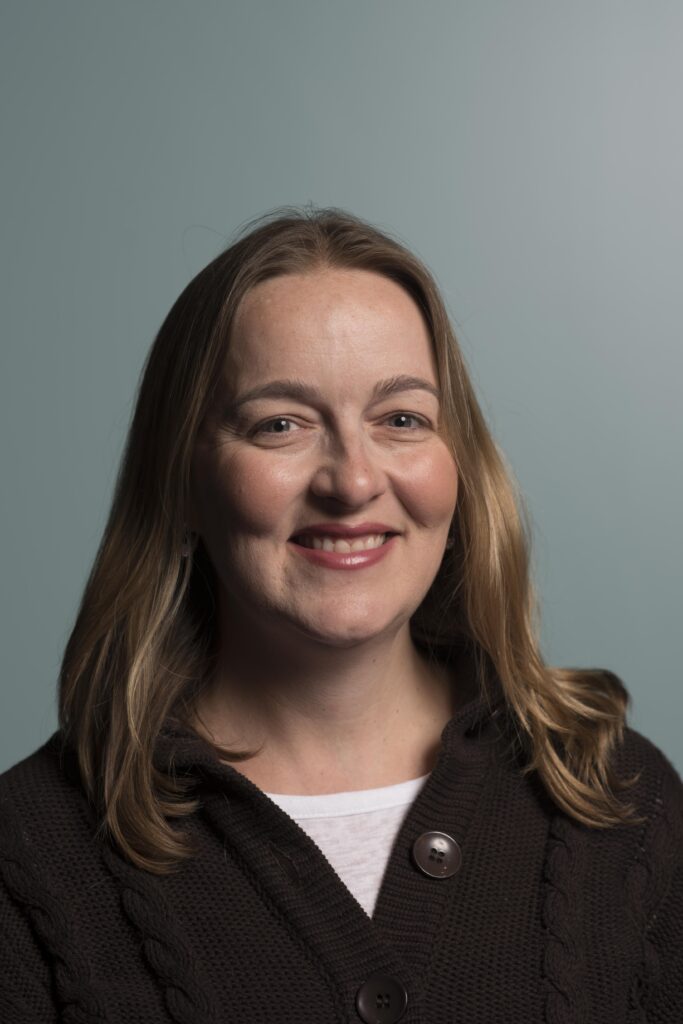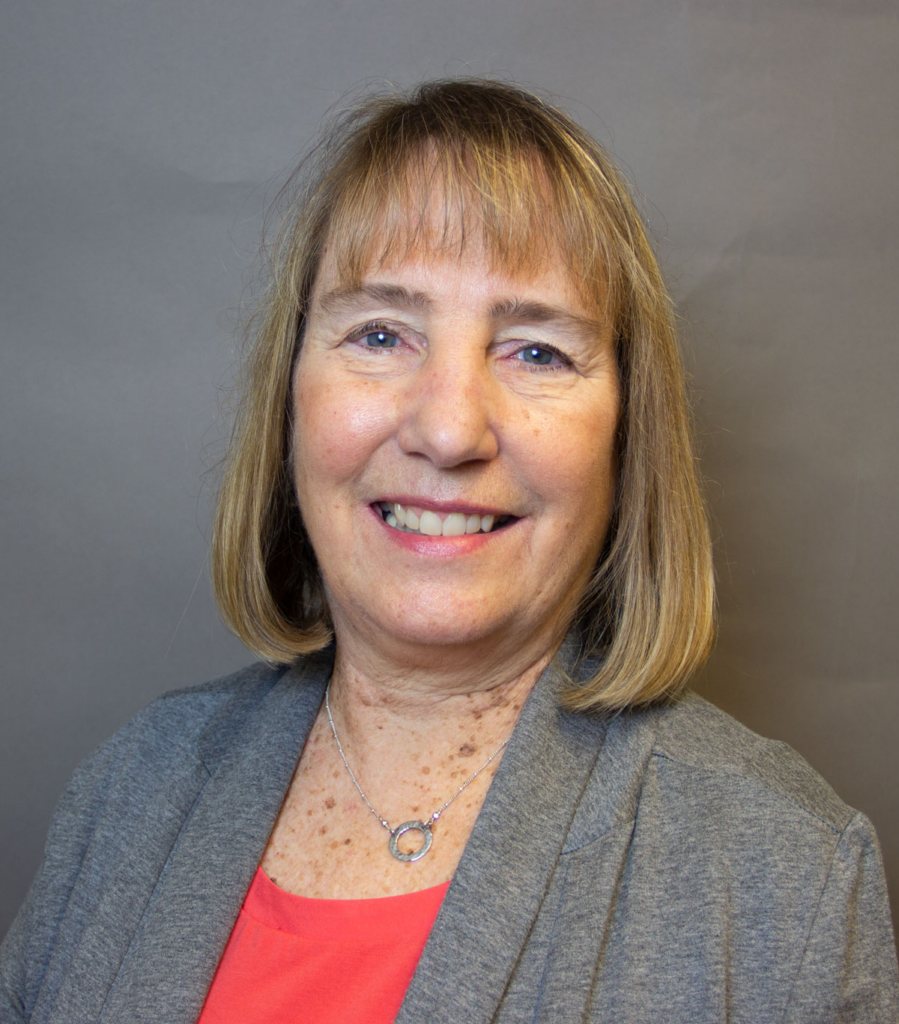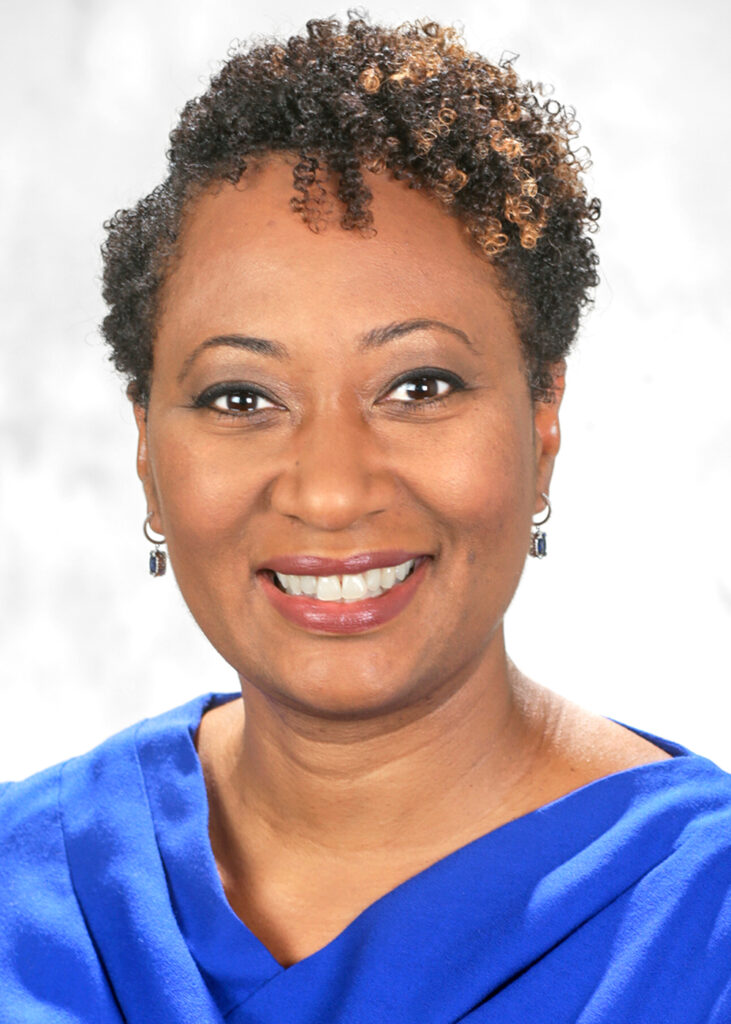Search Posts
Recent Posts
- Rhode Island Weather for May 21, 2025 – Jack Donnelly May 21, 2025
- Time for Sour Grapes! May 21st – Tim Jones May 21, 2025
- It is what it is: May 21, 2025 – Jen Brien May 21, 2025
- The RI Senior Games 2025 – “We need players!” May 21, 2025
- Another kerfuffle where strikers’ rights meet rights of children, elderly, homeowners, drivers May 21, 2025
Categories
Subscribe!
Thanks for subscribing! Please check your email for further instructions.

The road to parenthood can include peril and heartbreak, for some – Ocean State Stories
This story is published in partnership between RINewsToday.com and Ocean State Stories, a journalism initiative at Salve Regina University.
by Nancy Kirsch, Ocean State Stories
‘Have a great support system, communicate clearly your needs and desires with your doctor and don’t be afraid to advocate for yourself’
Since June 2022, when the U.S. Supreme Court overturned the constitutional right to abortion with its decision, Dobbs v. Jackson Women’s Health Organization, advocates for and against the Supreme Court’s decision have dominated the airways and print media. Somewhat surprising, perhaps, is the nearly universal silence on the heartbreak of infertility and its impact on those who wish to become parents.
Two women’s profoundly personal journeys
North Providence residents Luisiane Fannings and her husband, Nathaniel, came into their marriage each with a son of their own, yet they desperately wanted to have a child together. Their harrowing three-year journey was rife with emotional, physical and financial challenges: After experiencing two miscarriages, Fannings discovered she had polycystic ovary syndrome (PCOS), which can impede fertility. Hormone therapy and an ectopic pregnancy, which required emergency surgery, followed.
“Two weeks before my first prenatal visit, I had to have my left Fallopian tube removed,” recalled Fannings, who received fertility treatments from Dr. Carol Wheeler, former medical director of the Women & Infants Fertility Center (W&I Fertility Center). “It was a very scary and emotional day for my husband and me.”
While undergoing two rounds of IVF treatments with one provider, Carrie Bridges Feliz felt that she was considered a “difficult patient” when she asked questions. Too, her fibroid tumors made some procedures more challenging, yet she wasn’t given options for less painful, alternative treatment options. After she and her husband chose a different provider, which offered more supportive services, they learned of a third provider specializing in surgery addressing Bridges Feliz’s medical challenges.
“That was such a positive experience,” said Bridges Feliz, “with a physician of color who was intentionally empathetic and so attuned to caring for the whole person’s mind, body and spirit.”
After Fannings sought fertility treatment, she learned that her remaining Fallopian tube was damaged and needed to be surgically removed. That left IVF as her sole remaining option to becoming pregnant. Lauding the tender and professional medical care she received from Dr. Wheeler and her team, Fannings, who is from Cape Verde, said, “They answered every ridiculous question that my husband and I had.”
When Fannings, 35, spoke with Ocean State Stories in late November, she shared her good news: She was then almost 13 weeks pregnant, with June 9, 2024 her official due date.
“During the first trimester, you feel like you’re holding your breath, but now I can breathe a bit easier,” she said. “Were finally getting what we prayed and hoped for.”
Luisiane Fannings, Kate Weldon LeBlanc and Carrie Bridges Feliz are among the staggeringly high number of individuals – one in six – worldwide who are affected by infertility, according to the World Health Organization (WHO). Closer to home, WHO’s report indicates that approximately 11% of women and 9% of men, all of childbearing age, in the United States have infertility. In all, some 15% of heterosexual couples are impacted by infertility, as are an unknown number of single heterosexual individuals and LGBTQ individuals and couples who wish to bear children.
Infertility definitions are a work in process
One common definition of infertility is described as a disease of the male or female reproductive system that is the failure to achieve a pregnancy after 12 months or more of regular unprotected sexual intercourse. This definition, however, fails to acknowledge that LBGTQ individuals or couples who wish to bear children must also seek fertility treatments to achieve their goals.
In 2023, the American Society for Reproductive Medicine (ASRM), revised its own definition to include other factors, including the inability to achieve a successful pregnancy based on a patient’s medical, sexual and reproductive history, age, physical findings, diagnostic testing or any combination of those factors; and/or the need for medical intervention, including the use of donor gametes or donor embryos in order to achieve a successful pregnancy either as an individual or with a partner. ASRM’s opinion also states: “Nothing in this definition shall be used to deny treatment to any individual, regardless of relationship status or sexual orientation.”
The National Institute of Child Health and Human Development has linked lifestyle factors, including obesity, strenuous physical labor, excessive exercise, substance use, heavy drinking and high blood pressure to increasing rates of infertility. In addition, its research reports that environmental pollution exposure can affect male and female fertility.
Infertility treatments are rapidly evolving
“Infertility treatment is a rapidly growing – and relatively new – field,” Kate Weldon LeBlanc, executive director of the Massachusetts-based nonprofit organization, Resolve New England (RNE), told Ocean State Stories. “The first IVF (in vitro fertilization) baby born in the United States turned 42 in December 2023.”

Not only has technology changed and advanced in the past four decades, but the field has evolved as well.
“We’ve broadened our view to address not only married heterosexual couples but LGBTQ couples, unpartnered individuals and others who want to fulfill their dream of parenthood,” Weldon LeBlanc said. “In recent years, we’ve focused on fertility and family building rather than only medical diagnoses of infertility.” She and her husband turned to IVF themselves more than 16 years ago to have their daughter.
More widespread genetic testing of embryos is among the most significant changes in fertility treatments in the past five years, said Wheeler, who is also a professor of obstetrics and gynecology at The Warren Alpert Medical School of Brown University. The W&I Fertility Center conducts preimplantation genetic testing (PGT), which screens for chromosomal abnormalities and individual diseases, such as cystic fibrosis, when it’s medically indicated or the patient requests it. The practice strongly encourages women 40 or older to do the testing, if they can afford it.

“While insurance companies don’t pay for PGT, which can cost $2,000 to $3,000, [PGT allows us] to implant embryos without chromosomal abnormalities and increase the odds of [a successful full-term pregnancy], especially for women over 35,” Wheeler told Ocean State Stories shortly before her mid-December retirement.
Insurance coverage now allows patients to access intrauterine insemination (IUI) earlier in the process. IUI gives sperm a better chance at fertilizing an egg. While the W&I Fertility Center has treated LGBTQ patients for many years, “we’re now seeing many more transgender men before or shortly after they’ve started testosterone treatments, and there’s a huge increase in medical and elective egg freezing,” said Wheeler. “Since 2018, Rhode Island has mandated insurance coverage for medical egg and embryo freezing, when women or their partners must undergo treatments, such as chemotherapy, that are toxic to [reproductive systems.]”
Sharing stories can alleviate some of the shame and pain
Bridges Feliz, MPH, vice president of community health and equity at Lifespan (which does not offer fertility treatments), openly shares her fertility journey. She urged women to discuss the “hush hush” topic of fertility with one another and evaluate their fertility options with their medical providers.
Fannings, who sought fertility treatment from Dr. Wheeler’s practice, considers herself a private person. “People in my situation don’t want pity, but it’s a hard experience. I wasn’t able to build my family the regular way and that was an emotional journey I had to go through,” said Fannings. “There is a conversation to be had; if more people talked openly about [their fertility challenges], the experience wouldn’t be so negative.”
RNE provides services – multiple support groups, educational resources and an annual conference – generally at no cost.
“The support groups have been thriving,” Weldon LeBlanc said. “People feel that they have found connection with others who understand the isolation and sadness related to the experience of fertility and family building challenges.” Although the organization focuses on clients in the six New England states, it doesn’t turn anyone away, said Weldon LeBlanc.
Hopeful that national insurance coverage for fertility treatments will eventually become reality, Wheeler is grateful for increased advocacy – through patient advocacy groups and ASRM – as well as mental health providers and new technologies.
“Infertility is a disease, and just like the disease of cancer, it can be overwhelming and impact every part of someone’s life,” said Wheeler, who encourages people to be more open in discussing their fertility challenges.
People of color justifiably may feel heightened anxiety
Bridges Feliz is acutely aware of challenges awaiting people of color and LGBTQ individuals or couples seeking fertility treatments.
“It’s a challenge, as there aren’t many people of color or LGBTQ individuals who are doctors, nurses, social workers or ultrasound technicians,” Bridges Feliz, of Providence, told Ocean State Stories. “Lack of representation is especially acute in the fertility treatment arena, which is a deeply personal and intense health care experience.”

As recently as 50 years ago, women of color underwent forced sterilizations in certain U.S. states. Thus, Bridges Feliz expects that women of color may experience fear and anxiety about fertility treatments, even apart from the treatment’s intrinsic poking, prodding and injections.
“The recent evidence of healthcare systems mistreating Black bodies can’t be ignored,” said Bridges Feliz.
Societal and cultural norms and preconceived ideas about who should or shouldn’t have children can make the process ever more challenging for underserved populations to find fertility providers who have similar lived experiences or are sensitive to the needs of those populations, added Bridges Feliz.
–
Good news; bad news: Even for the insured, the process is expensive
While Rhode Island has mandated insurance coverage since 1989 for infertility treatments on an 80/20 basis (insurance pays 80% of the insured procedures’ expenses and the patient pays the remaining 20%), the statute excludes self-insured companies, companies based out-of-state and federal insurance, such as Medicaid and the Affordable Care Act.
Rhode Island is one of only approximately 20 states mandating fertility insurance. Acknowledging that the state law provides “fairly robust, but not unlimited, coverage,” said Weldon LeBlanc, as it includes a lifetime cap of $100,000.
“The next frontier calls for fairness and equity,” said Weldon LeBlanc, noting the heartbreaking calls from individuals who can’t afford to pay out-of-pocket for a single cycle of fertility treatments. “If someone on Medicaid needs fertility treatment to try to conceive, they should have access to that health care,” she said.
“The language of the law also only addresses women and doesn’t include LGBTQ couples or unpartnered individuals,” Weldon LeBlanc continued. Grateful that Rhode Island’s law provided a starting point for recent legislation in Maine and Vermont, Weldon LeBlanc hopes the Rhode Island state legislature will amend the statute to be more expansive and inclusive. Maine’s new legislation, which takes effect in January, is more inclusive and expansive, and proposed legislation in Vermont broadly defines fertility patients and calls for Medicaid coverage of fertility treatments.
Even for those with health insurance, fertility treatments are expensive and laden with high deductibles. “For me – who had adequate insurance – it felt like a very acute example of the ‘haves’ and ‘have-nots,’” said Bridges Feliz. “If you don’t have the money and time for the many medical appointments scheduled during traditional work days, fertility treatment may not be an option.”
“This is the first year that my health insurance covered fertility treatments,” recalled Fannings, who, with her husband, incurred debt and extremely expensive medical bills for many of the pre-2023 procedures and treatments. Even now, with insurance, Fannings estimates that their out-of-pocket financial obligations total some $11,000 to $12,000 for ultrasounds, lab work, etc.
“Science is beautiful and I love that it can do these things for women and families, but if you don’t have the financial stability, there’s no way to get this done,” said Fannings, who explained that she and her husband felt fortunate to have the financial resources to pay those bills.
“It puts a lot of pressure on people who want to have a baby,” added Fannings. Referencing the emotional, physical and financial stressors of fertility treatments, she said, “If we can limit the financial demand, it would be a smoother process for those trying to create a family.”
Wheeler remains troubled by existing inequities. “We used to have a clinic where our reproductive endocrine fellows saw those patients, treated them with oral medications and discussed their options,” she said. “We’re now offering those services in our Fertility Center office which is a different environment and, sadly, patients without insurance coverage must have cash to pay for infertility services before they can be seen in the office.”
RNE works to educate policy makers that fertility treatments can be successful with procedures that are less intensive and less expensive than IVF, which, at approximately $20,000 for one full cycle of egg retrieval and embryo transfer, is the most expensive fertility treatment option.
“We wish that insurance companies wouldn’t establish arbitrary rules around a patient’s likelihood of success with different fertility treatment options but rather base decisions on current data and best practices,” said Weldon LeBlanc.
Barriers to treatment: It’s not just the cost
RNE, which partners with nonprofit organizations with BIPOC [Black, Indigenous and People of Color] leadership, focuses on minimizing the barriers to care involved with paths to parenthood. “Insurance doesn’t guarantee a comfort level with fertility treatment.” It’s particularly difficult to access quality care, Weldon LeBlanc added, if English is your second language or you have experienced systemic racism.
“Building a family is a basic human right,” asserted the ASRM’s Ethics Committee in a July 2021 report, which called for further research to understand documented racial and ethnic disparities in treatment methods and treatment success.
With thousands of women in Rhode Island seeking fertility treatments from only a few providers, Bridges Feliz said, “It’s incumbent on providers to step up their game, and be earnest in their efforts to be inclusive, cultivate new providers to grow the talent pipeline, listen to patients and measure their outcomes. They need to examine how they are serving patients, as compared to other providers, and if they’re seeing differences, probe why.”
Misperceptions add to confusion
Weldon LeBlanc has heard from people of color, including those with private insurance, who don’t feel comfortable pursuing fertility treatments.
“They don’t always know that they’ll feel welcomed or comfortable at a clinic. They believe – incorrectly – that they alone are experiencing problems getting pregnant and they feel stigmatized within their own communities of friends and family,” said Weldon LeBlanc.
Misconceptions around fertility treatments include the belief that IVF is the only – or best – treatment option around.
“Oral medications can treat irregular periods and PCOS, which can impede fertility; and uterine factors, such as polyps and fibroids, can be treated without IVF,” explained Wheeler. “Too, people often forget that the male partner may be one of the contributors to infertility.”
And stigma still exist in some communities, including among African and Black American women, who often have fibroids, which can impede successful pregnancies. “The biggest battle we face is aging and patients delaying treatment, due to fear or a concern that there is something wrong,” said Wheeler.
Patients’ words of wisdom
Bridges Feliz wants people to know: “Every patient should experience [what I had with my third provider], especially for such an intensive and personal health care experience. Unfortunately, providers who don’t offer that can do emotional harm and/or dissuade people from seeking continued treatment.”
Although it can add expenses and time, with the need to repeat myriad laboratory tests, patients can switch providers. It’s an option people should explore, as each medical practice offers different approaches and outcomes.
“Had I not known I could change providers, I might have stopped treatment with the first provider, as it was an incredibly emotional and difficult experience,” said Bridges Feliz, who underwent two additional rounds of IVF treatments with her third provider, with no success.
“Have a great support system, communicate clearly your needs and desires with your doctor and don’t be afraid to advocate for yourself,” Fannings recommended.
___
Nancy Kirsch is a freelance writer living in Rhode Island. Earlier in her career, she served as General Counsel to Cranston Print Works and Editor of “The Jewish Voice” (now “Jewish Rhode Island”). Find her at nancykirsch.com.
